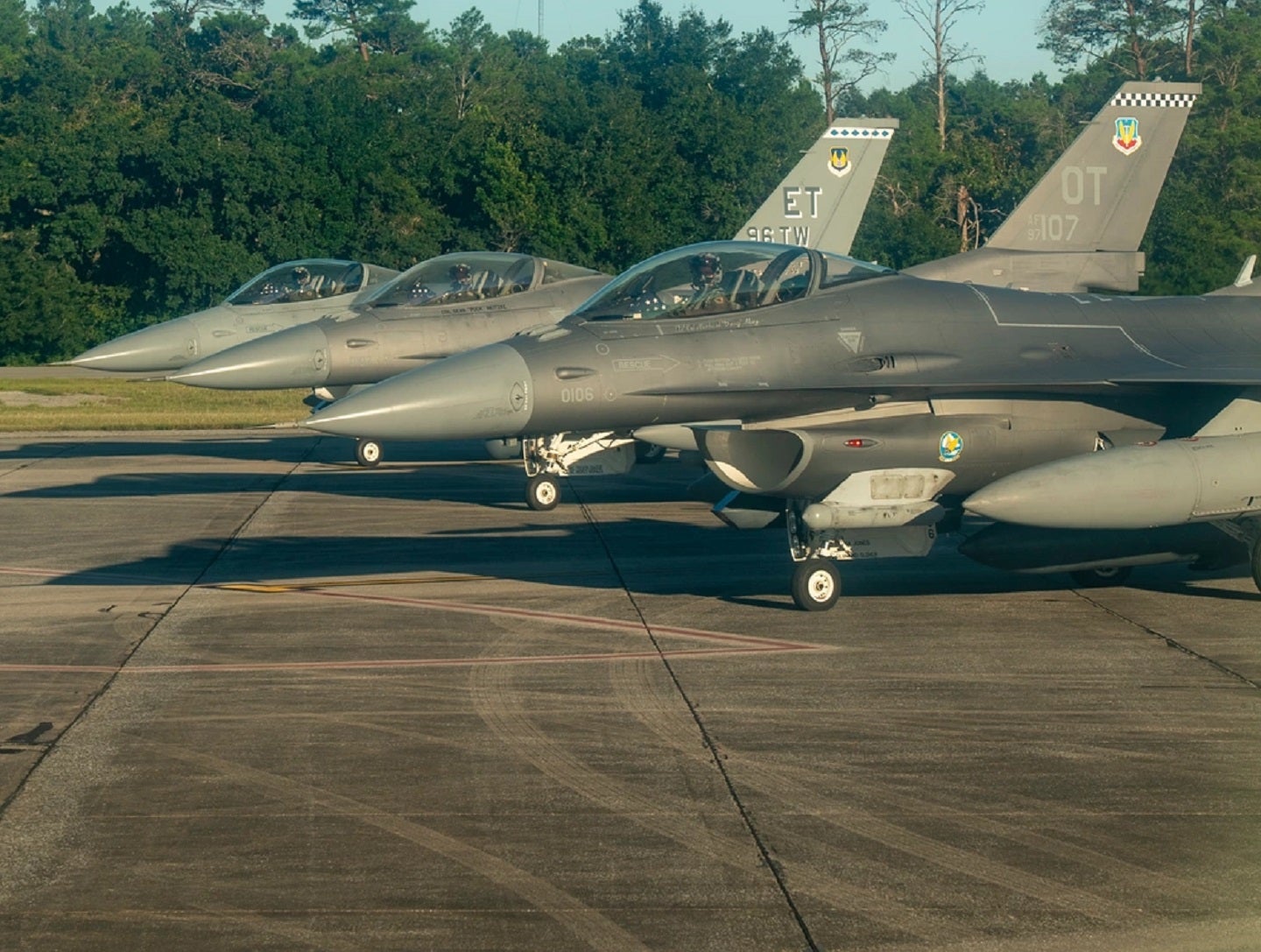
American aerospace prime, Lockheed Martin, has been keen to bring the fourth-generation legacy F-16 into use for contemporary aerial combat. The manufacturer has recently declared its ambition to enable the F-16 to operate well into the 2060s.
To this end, Lockheed Martin’s F-16 upgrade campaign seeks to keep the aircraft in play as a continuously standard jet in many of the world’s increasingly dynamic fleets.
The latest development in their campaign is that the US Department of Defense (DoD) has awarded Lockheed Martin a $25m contract to provide international F-16 training and services.
This contract establishes F-16 operational capability for countries new to purchasing and operating F-16s. For countries that had previously purchased and operated F-16s, this contract includes aircraft maintenance and pilot training to support ongoing sustainment training or in-country training to support aircraft upgrade programmes.
Subsequent task orders will support international F-16 training for various partner nation air forces. The work is expected to be complete by March 21, 2026.
Where old meets new
Lockheed are continuing to cement itself as to go-to aerospace prime, particularly as a supplier of combat aircraft. Its F-16 upgrade campaign works within a wider strategy to market a range of its fourth-generation F-16 legacy jets alongside its most recent fifth-generation F-35 jets.
Already, Lockheed is assured that by 2030 there will be more than 400 F-35 stealth fighters across NATO member bases, enhancing coalitions through joint training, equipment and exercises. In fact, GlobalData expects procurement of F-35As to have a compound annual growth rate (CAGR) of 3.39%, and the F-35B CAGR of 3.65% between 2023-33.
Bringing the upgraded and modular F-16s together with the contemporary F-35s will widen the old prime’s consumer base. It is a clever move in a world shook by the current security crises as countries invest a lot more into their combat aircraft capabilities than ever before, as the F-16 stands as an older, but cheaper, combat aircraft with fifth-generation capabilities.
It is also significant to note that this strategy will help Lockheed to stay in the game as the prime faces off with the development of next-generation aerial capabilities as countries come together for greater industrial defence cooperation. Programmes like the UK-Italy-Japan Global Combat Air Programme is one example of this.
Supporting foreign fleets
Bahrain, Jordan and Bulgaria are some of the first of many countries across the world that have signed letters of offer and acceptance (LOA) for the upgraded F-16s.
The supporting services the DoD have financed Lockheed to provide these foreign fleets outside the US will help to encourage more standard practices, skills, equipment and spare parts for air forces across the world.
This could lead to less competition when it comes to the supply of commonly used aircraft for the US prime. Lockheed’s contract competitors will only rise so far as to provide modular components – much like how Northrop Grumman supplies Lockheed’s upgraded F-16 with the up to date APG-83 AESA radar system.




